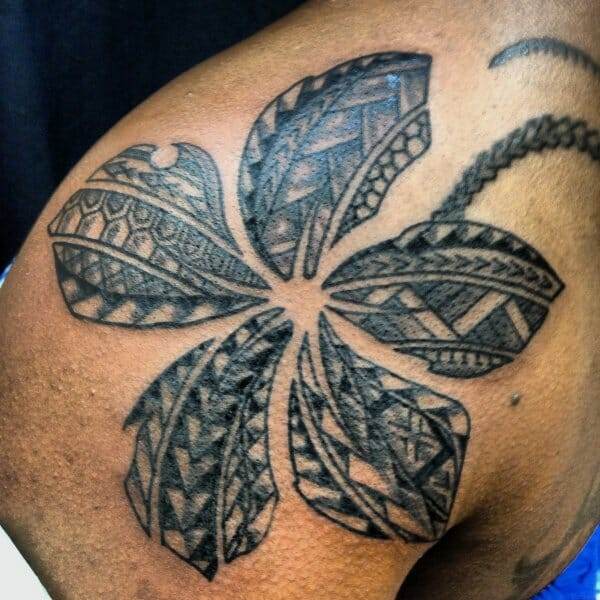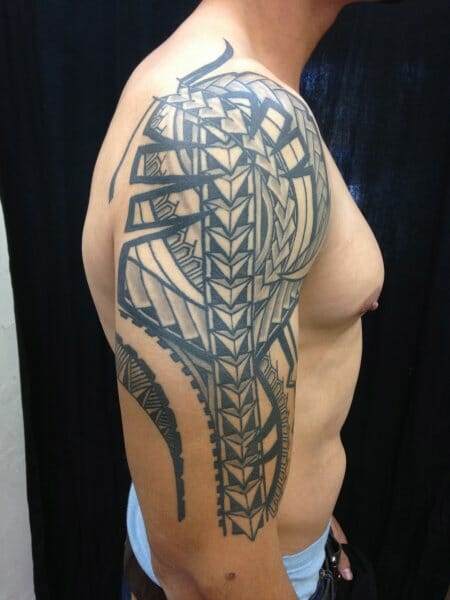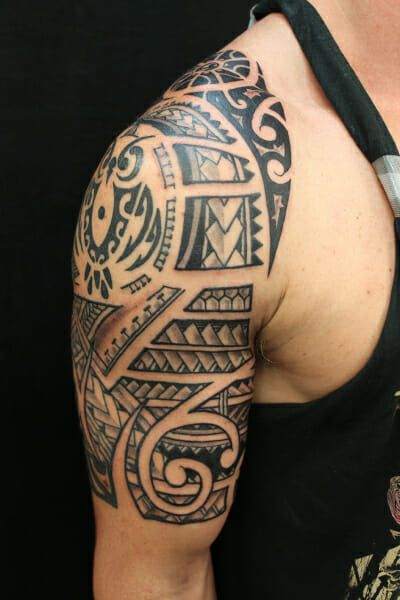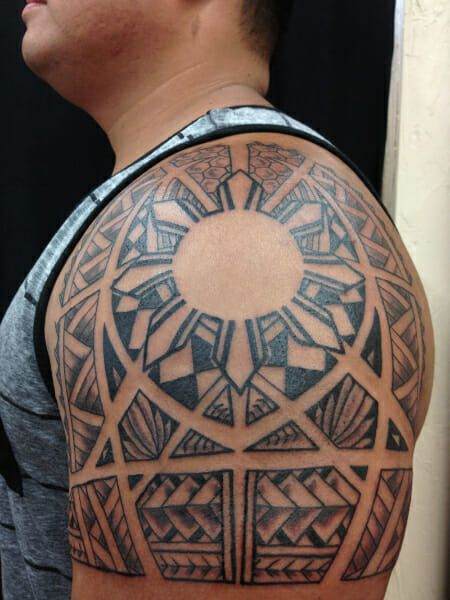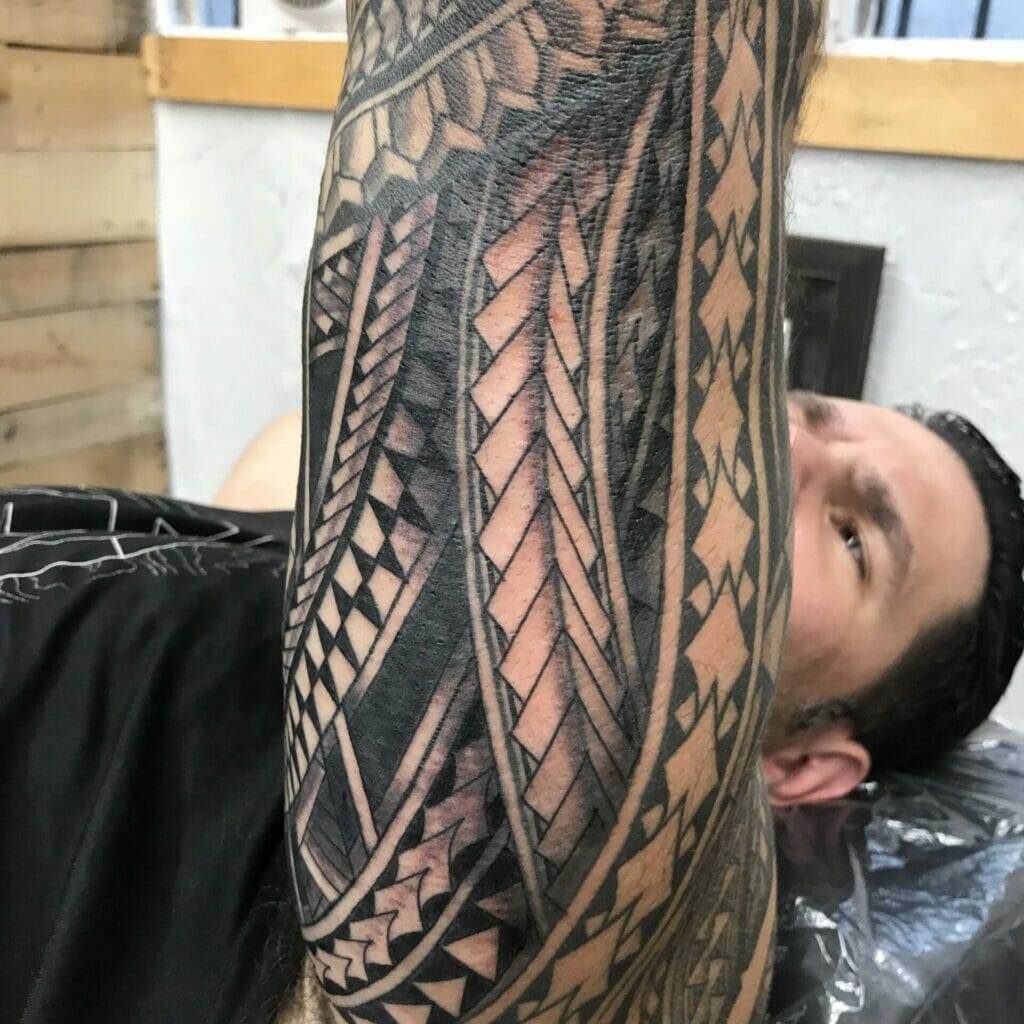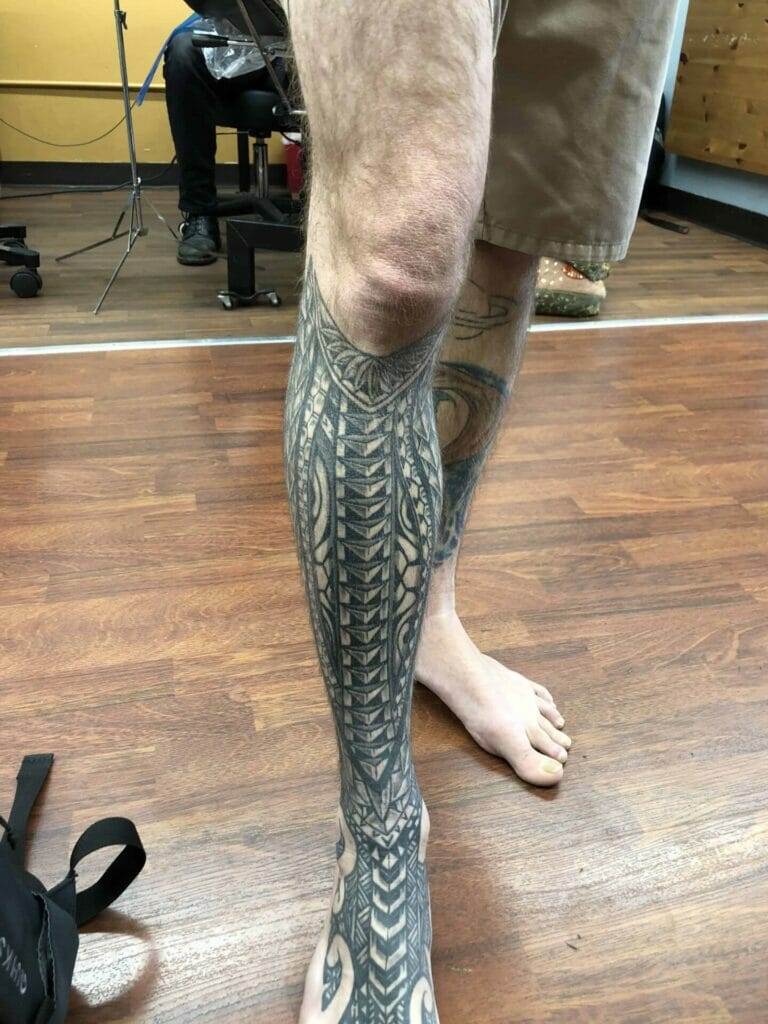Introduction
Tattoos have been a form of body art for centuries, with various cultures around the world incorporating them into their traditions and rituals. In recent years, there has been a significant resurgence of interest in indigenous and tribal tattoos, as people seek to understand their cultural significance and embrace their unique designs. This article aims to delve into the rich history of these tattoos, explore their cultural meanings, and discuss how they have been adapted in modern times.
The History of Indigenous and Tribal Tattoos
Indigenous and tribal cultures have a long-standing tradition of tattooing. These tattoos are deeply rooted in the cultural fabric of these communities and hold great significance. The exact origins of these tattoos are often hard to trace, as many of these cultures have existed for thousands of years. However, archaeological evidence suggests that tattooing was prevalent in ancient civilizations such as the Maori, Samoan, Polynesian, Native American, and Indigenous Australian cultures.
In these cultures, tattoos were more than just a form of body decoration; they served as a visual representation of one’s identity, social status, and connection to their ancestors. Each tattoo design carried its own symbolic meaning, conveying messages about bravery, honor, fertility, spirituality, and the individual’s place within the community.
The Cultural Significance of Indigenous and Tribal Tattoos
Indigenous and tribal tattoos are deeply intertwined with the cultures they originate from. They act as a form of cultural preservation, serving as a vessel for passing down stories, traditions, and knowledge from one generation to the next. Each tattoo design holds specific meaning and reflects the unique characteristics of a particular community.
For example, in Maori culture, tattoos known as “moko” are carved into the skin using chisels, rather than being inked. These intricate designs symbolize a person’s genealogy, social status, and achievements. They also represent the connection between the physical and spiritual realms.
In Native American cultures, tattoos were a way to communicate with the spirit world and convey messages to ancestors. The symbols and motifs used in these tattoos varied based on the tribe and individual’s personal beliefs. From depicting animals and nature to representing personal achievements or protection, each tattoo held deep spiritual and cultural significance.
Modern Interpretations and Adaptations
With the increasing interest in indigenous and tribal tattoos, there has been a rise in their modern interpretations. Many people from different cultural backgrounds are now incorporating these designs into their own tattoo choices. However, it is vital to approach this trend with respect and acknowledge the cultural significance behind these tattoos.
Modern adaptations of indigenous and tribal tattoos often focus on borrowing elements from these traditional designs rather than replicating them entirely. Tattoo artists work closely with their clients to create personalized tattoos that honor the cultural roots of the design while incorporating individual meanings and stories.
Furthermore, indigenous and tribal communities are also reimagining their tattoo practices in contemporary contexts. For instance, some Maori artists have established tattoo studios where they blend traditional techniques with modern tattooing methods, allowing individuals to connect with their cultural heritage while embracing personal expression.
Respecting Cultural Appropriation
As the popularity of indigenous and tribal tattoos rises, it is crucial to have an open dialogue about cultural appropriation. Cultural appropriation occurs when elements of a marginalized culture are adopted by members of a dominant culture without proper understanding or respect for their cultural significance.
When considering getting an indigenous or tribal tattoo, it is essential to research the cultural meanings behind the designs and seek out artists who have a deep understanding and appreciation for the cultures from which these tattoos originate. Engaging in conversations with indigenous and tribal communities can also broaden our perspectives and deepen our understanding of these tattoos.
In Conclusion
Indigenous and tribal tattoos have stood the test of time, carrying the weight of cultural significance and historical legacy. By understanding the cultural meanings behind these tattoos and respecting their origins, we can embrace their beauty while acknowledging the rich heritage from which they emerge. Whether it’s through traditional designs or modern adaptations, indigenous and tribal tattoos offer a way to connect with diverse cultures and celebrate the diversity of human expression and identity.

